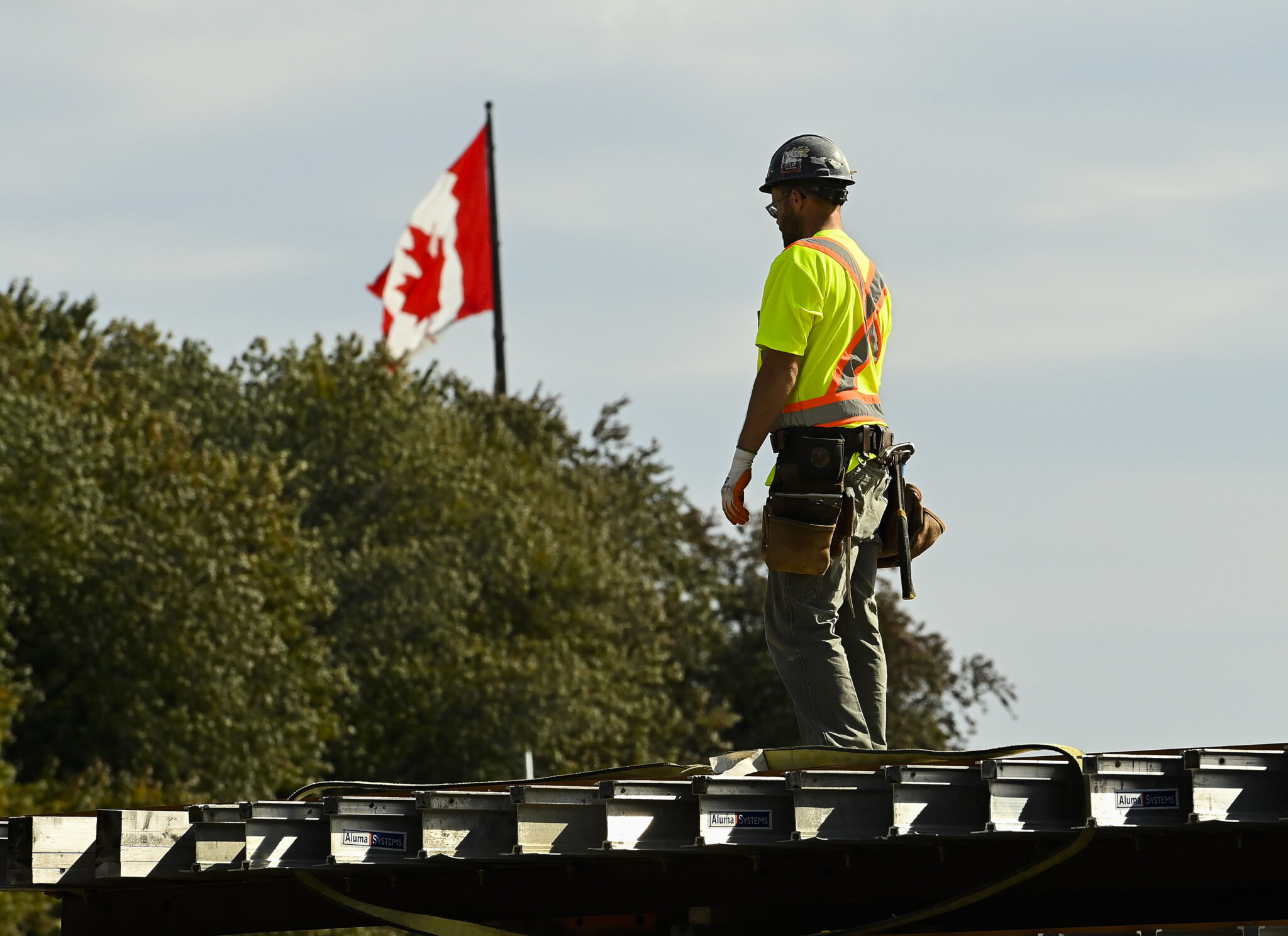It’s been said that one of the real benefits of construction to an economy is that you can’t offshore it, meaning it provides an immediate on-the-ground impact. That’s one reason why solving for the housing crisis is a big deal—not only will it relieve the affordability and availability problems of housing Canada’s rapidly growing population, but building activity will also provide an immediate and significant impact on overall prosperity.
And the impact will be big. Current estimates say we need more than 3 million new homes built in Canada by the end of the decade. But that’s only part of the story.
To meet the federal government’s targets for greenhouse gas reductions in the built sector, over 11,000,000 existing homes in the low-rise residential sector require energy retrofits, from heat pumps and solar to better windows and doors to increased insulation.
It isn’t just housing. The recent water main failure in Calgary has made evident that there is a lot of aging infrastructure—water mains, roads, bridges, sewage facilities—that also needs repair, replacement, and expansion. Add to that the need for massive electrical generation and distribution capacity—both to improve the existing fragile electrical grid and to account for the significant increase required for the electric vehicles that the government is committed to having us all drive.
The stark reality is that Canada is in big trouble and we need to build our way out of it. But there aren’t nearly enough workers in the sector to get anywhere close to meeting the demand, and according to construction industry labour market projections from Buildforce Canada, the total net increase in workforce requirements to the end of the decade is over 300,000 new workers. Where will they come from?
Historically Canada has addressed workforce shortages through the immigration process and that may be part of the solution. But for that to work, governments at all levels need to prioritize construction skills in immigration targets while ensuring that those targets are based on accurate and detailed information on what, where, and when specific skills are required. Once those new Canadians are in the country, provincial governments must ensure that competency-based rapid credentialing processes are in place to expedite putting people to work.
Or we could try to grow our own workforce—but Canada’s sclerotic apprenticeship systems follow an archaic model that has remained largely unchanged since the 1950s. Anecdotal stories from industry put the average time to complete a typical four-year apprenticeship at more than six years. We need to attract more workers, and then we need to train them faster—and to higher standards—than current approaches will allow.

A steel worker welds a new staircase at a construction site in Ottawa, June 27, 2024. Sean Kilpatrick/The Canadian Press.
But there’s a bigger problem, and it’s one that nobody seems to be talking about.
Most if not all government programs aimed at addressing skills issues in construction focus on Red Seal construction trades, and the message seems to be that boosting these trades will address the shortfalls in housing and other construction subsectors. But in housing, other than electricians and plumbers, there are few Red Seal journeypersons involved and few if any apprenticeship or apprenticeship-style programs aimed at generating the subset of skills that workers in that sector actually use. Modularization of apprenticeship might help, but efforts to do so have been continually thwarted.
It is possible to be both better and faster. In the 1940s for example, the need for lens grinders to produce bomb sights for the war effort resulted in a program of highly structured on-the-job training to rigorous competency standards which reduced the time to train a skilled worker from five years to about six months. We will need those kinds of improvements at scale to generate the skills we need.
We also need to address the way things are built, emphasizing the adoption of automation and technology and only using rare skilled workers where they are absolutely needed. That means changes to building codes, zoning requirements—and probably a change in consumer taste to accommodate buildings that don’t look like what we’re used to. All of this means major collaborations between a variety of stakeholders, as well as an unprecedented willingness to think outside the box—something that’s not been apparent in the sector, or between various levels of government, to date.
To prosper, Canada needs to build, and to build we need workers. And current practices aren’t going to get us anywhere near where we need to be, anywhere near fast enough.








